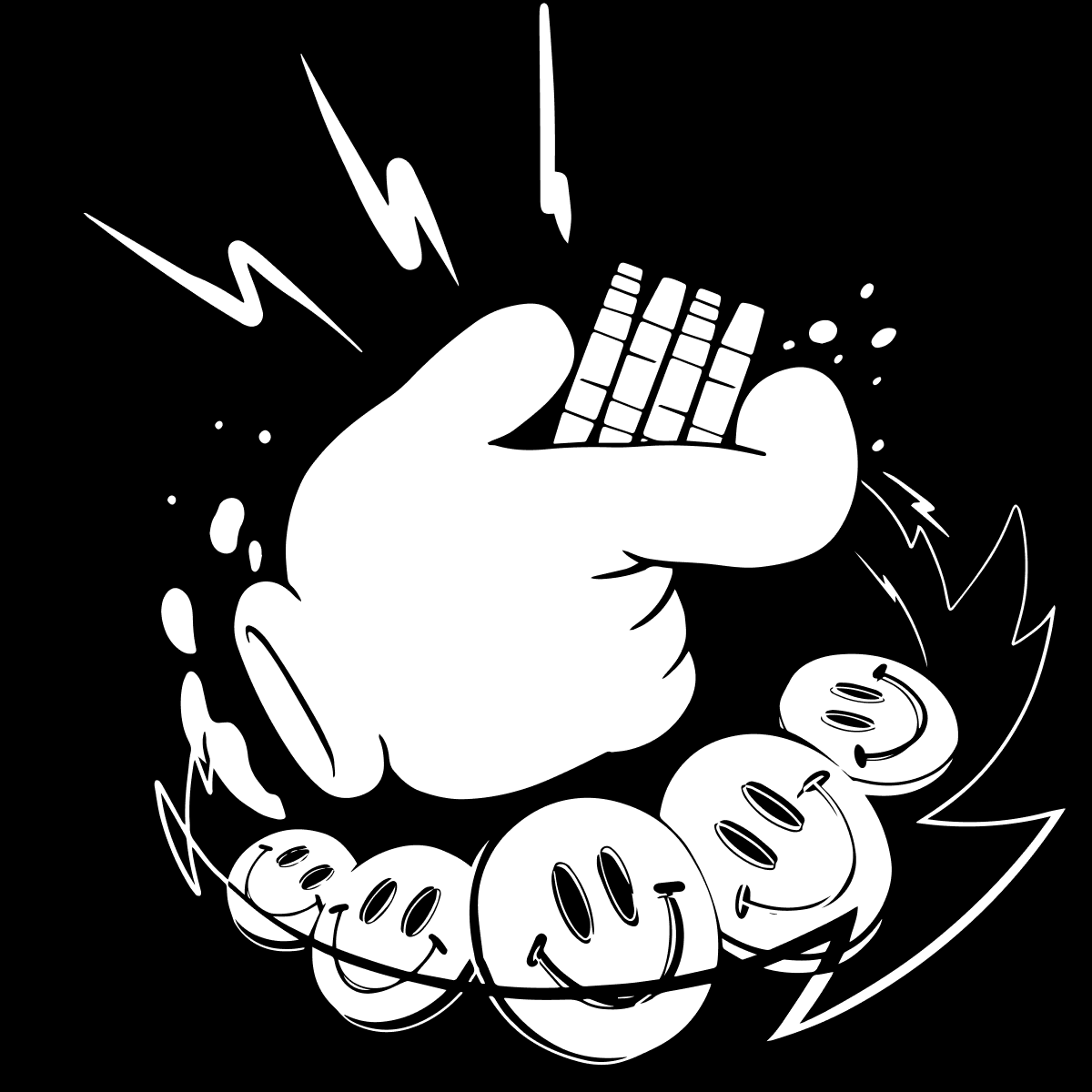How many bitcoin are there?
Bitcoin follows a strict supply schedule towards 21 million
The supply schedule
Bitcoin has a predetermined supply limit. This limit is encoded in the Bitcoin software and comes in the form of a supply schedule – a preprogrammed pace at which new bitcoin are issued into circulation.

This supply schedule is public, transparent, and implemented by every participant in the Bitcoin Network. A few important notes about Bitcoin’s supply schedule:
- Starting at zero: Bitcoin officially started on January 3rd, 2009, with a supply of zero bitcoin.
- Issuance with each block: Bitcoin are issued into circulation through the process of mining, where computers perform computational work and are rewarded with newly issued bitcoin.
- Diminishing pace: The schedule states that after every 210,000 blocks, the rate of new bitcoin per block automatically diminishes by half (called a “halving”)
- Terminal supply: The terminal supply of 21 million bitcoin will be reached in the year 2140.
- Circulating supply: So far, more than 19.5 million bitcoin have already been issued.
What this means is Bitcoin has a terminal supply and a circulating supply. The terminal supply is the total possible amount of bitcoin according to the supply schedule encoded in Bitcoin’s software. The circulating supply is the amount of bitcoin that has so far entered into circulation. For the most up to date numbers on current circulating supply, check out this dashboard.
Given Bitcoin’s strict and unchanging supply schedule, the amount of 21 million is often cited as the supply of Bitcoin.

Where do bitcoin come from?
Bitcoin are issued through mining. Mining is the process whereby computers (called miners) perform computational work in an effort to add the next block of transactions to the Bitcoin blockchain.
The basics of Bitcoin mining works:
- Bitcoin transactions are broadcast to the network of computers running the Bitcoin software (called nodes).
- Each node checks the validity of each transaction to ensure it follows Bitcoin’s rules, including following the supply schedule.
- Miners collect valid transactions into groups, known as “blocks.”
- Miners perform specific computational work in a lottery-style competition to win the right to add the next block of transactions.
- When a miner “wins the lottery,” they broadcast their new block of transactions to the network, which includes a “block reward” consisting of both transaction fees and a “block subsidy” of newly issued bitcoin payable to themselves.
- All nodes check that the block is valid, then they add that block to their own copy of the blockchain and the process repeats.
The block subsidy is an amount of bitcoin that doesn’t come from another person – it’s newly issued bitcoin entering circulation. The supply schedule determines what amount the block subsidy can be for the given block. According to the schedule, the subsidy begins at 50 bitcoin per block and automatically decreases by half every 210,000 blocks (called a "halving") until it reaches zero and no more bitcoin will be issued.
Every node running the Bitcoin software is actively enforcing the supply schedule. Any transaction that violates the schedule, including miners granting themselves excess block subsidies or people trying to spend amounts of bitcoin they don’t have, is easily detected and rejected by each and every node.
It’s like having a global team of auditors meticulously, independently, and automatically checking every single transaction to make sure no one’s cheating.
The supply schedule is also immutable. The only conceivable way to change the schedule would be to create a new version of Bitcoin’s software and convince node operators to download and run that new version. Since Bitcoin’s fixed and scarce supply limit is fundamental to its value, every node is therefore incentivized to stick to the schedule and enforce Bitcoin’s scarce supply.

Details about Bitcoin’s supply
Bitcoin’s supply limit is 21 million.
From a high-level perspective, that’s close enough, but technically speaking it’s a tiny bit less than that. According to the supply schedule, the actual predetermined limit is 20,999,999.9769 bitcoin, or 0.0231 bitcoin shy of 21 million. Additionally, other factors and events in Bitcoin’s history will mean that the total possible supply of bitcoin will be even less.
Rounding down of block subsidies
Each bitcoin can be subdivided into 100 million satoshis (aka sats), which are the indivisible units on the Bitcoin blockchain. According to the supply schedule, Bitcoin will undergo its 10th halving in the year 2048, reducing the block subsidy of 0.09765625 bitcoin (aka 9,765,625 satoshis) by half. However, since 9,765,625 is an odd number and satoshis are indivisible, the new block subsidy will be 0.04882812 bitcoin, which is slightly less than half. Because of this policy of “rounding down”, the terminal supply ends up being 20,999,999.9769 bitcoin.
Omitted bitcoin
The supply schedule sets the limit on how much the block subsidy can be, but not what it must be. There have been a number of instances in Bitcoin’s history where the block subsidy was either not paid in full or omitted altogether, such as this block and this block. This is usually due to miner error and it means that some bitcoin simply weren’t issued into circulation on schedule.
Lost bitcoin
Some bitcoin have been permanently lost. This can happen due to different reasons, including sending bitcoin to a wrong address, losing access to your private keys, or simply forgetting that you owned bitcoin.
These “lost” bitcoin are still technically in circulation, since they exist on the blockchain, it’s just that they’re permanently unspendable. Although it’s difficult to know exactly how many bitcoin are truly lost or simply being held by long-term holders, some estimates for lost bitcoin range up to a couple million bitcoin.
Genesis bitcoin
The initial block in Bitcoin’s history is commonly referred to as the “Genesis Block”, and it contains the single transaction of 50 bitcoin as the block subsidy. Due to the way Bitcoin is configured, those 50 bitcoin are not spendable, similar to lost coins.
The only assurance in the supply schedule is that 1 bitcoin will always be at least 1/21 millionth of the total possible supply.
For convenience, simplicity, and discussion purposes, it’s often best to just say “21 million bitcoin” is the supply limit.
Read more